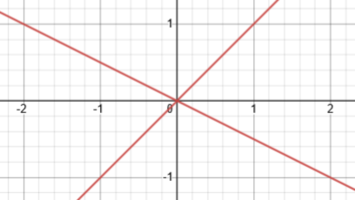I'm having some trouble understanding how to do implicit differentiation. I plugged this formula into an online calculator and it said that the answer is -2x-y, and I can't even begin to imagine where this came from.
I figured I could isolate for 2y^2 and take derivatives of both sides, but it still isn't making any sense. Taking 2y^2 as an example, I know that the derivative of y in respect to x is y' and, if I was dealing with x, I'd use the power rule, so how come (according to the calculator) is the answer 0?
I have no teacher for this course yet I've been understanding calc pretty well so far, but this is the one topic has be completely baffled. Thank you so much for any help!
I figured I could isolate for 2y^2 and take derivatives of both sides, but it still isn't making any sense. Taking 2y^2 as an example, I know that the derivative of y in respect to x is y' and, if I was dealing with x, I'd use the power rule, so how come (according to the calculator) is the answer 0?
I have no teacher for this course yet I've been understanding calc pretty well so far, but this is the one topic has be completely baffled. Thank you so much for any help!

